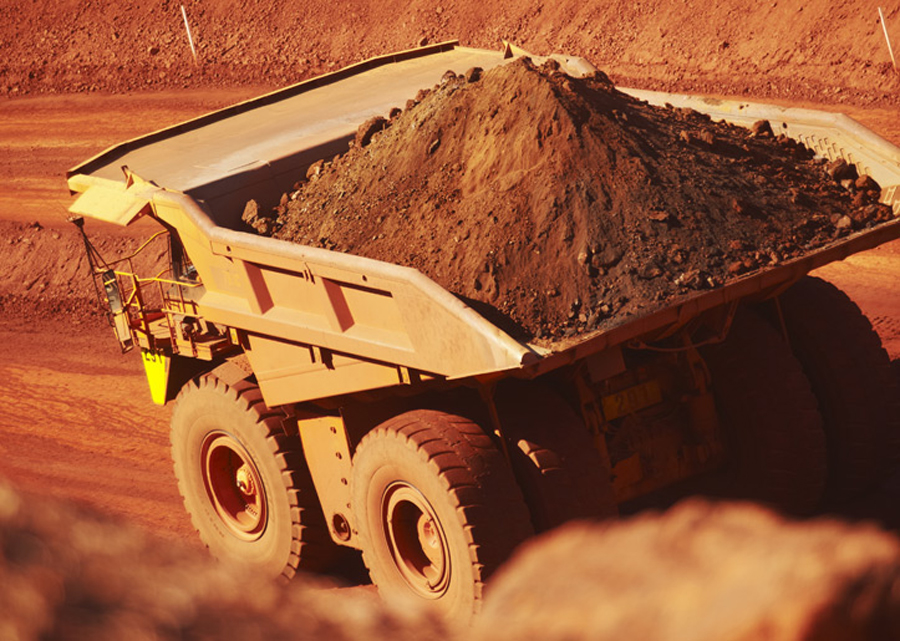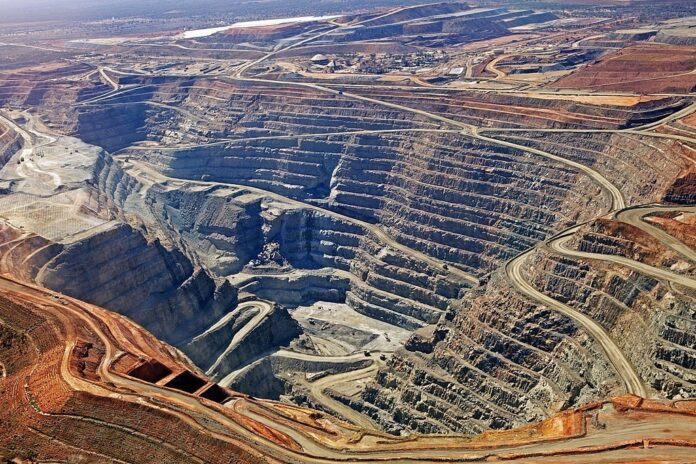BHP’s South Flank to go up against S11D, Silvergrass

On Thursday the Northern China benchmark iron ore price held onto recent gains to trade steady at $52.10 per dry metric tonne according to data supplied by The Steel Index after Chinese imports of the steelmaking raw material continued to gather pace.
The price of iron ore is down sharply since trading within shouting distance of the $70 mark in mid-April but is back in bull territory for 2016 with a 22% rise since the beginning of the year and a 40% rebound since hitting near-decade lows in December.
It’s too early to place a cost on any new iron ore mine which would be designed to help replace almost a third of BHP’s current production
On the demand side the news has been positive. Customs data released yesterday showed China imported 86.75 million tonnes of iron ore in May, the fourth highest monthly figure on record and the biggest volume this year. Shipments climbed 9.1% to 412.15 million tonnes in the first five months of the year and at the current rate could reach the 1 billion tonnes per year mark in 2016 for the first time.
But any upside for the iron ore price may be constrained by a robust supply outlook. Global output is still growing – an estimated 180 million additional tonnes will enter seaborne trade through 2020.
Roy Hill is ramping up, Vale’s giant S11D is on target for end-2016, Rio Tinto’s Silvergrass will take less than a year to build and further out the likes of Simandou, Zanaga and Central Eyre (not to mention a resurgent Iran) could fill any gaps opening up.
After doubling iron ore capacity since 2010, BHP Billiton is not sitting on its laurels either. Reuters reports that the number three producer behind Rio Tinto and Vale is currently studying a number of options to replace depleting resources as it moves from 260mtpa capacity to 290mtpa over the next few years:
The South Flank deposit is one option under consideration,” a BHP spokeswoman said.
She said it was too early to place a cost on any new iron ore mine, which would be designed to help replace almost a third of BHP’s current production, coming from its Yandi mine.
“At the current rate of production, the resource supporting Yandi’s 80-million-tonnes-per-year operation will need to be sustained from other ore sources at some stage over the next five to ten years,” she said.
More News
Barrick eyes 30% production growth by 2030
The company is also considering changing its name from Barrick Gold to Barrick Mining to reflect its changing production profile, chairman John Thornton said.
April 04, 2025 | 03:26 pm
Trump, tariffs and tin – LME metals in seven charts
Only one metal has escaped the tariff tsunami.
April 04, 2025 | 01:44 pm
{{ commodity.name }}
{{ post.title }}
{{ post.excerpt }}
{{ post.date }}



Comments